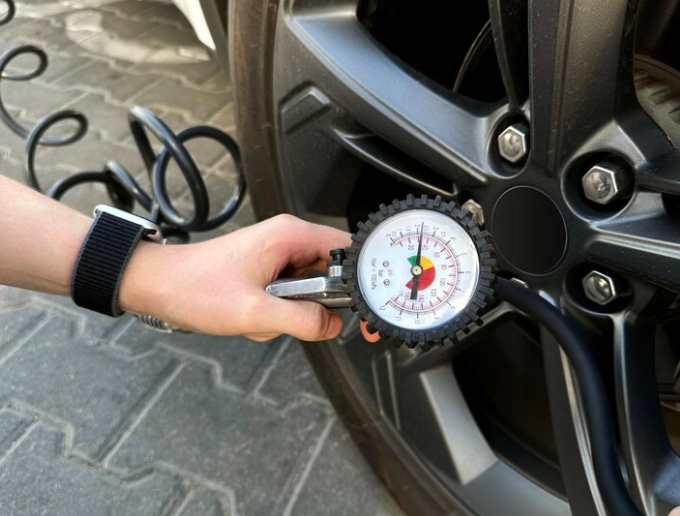How Weather Affects Your Car and How to Protect It

Your car encounters a variety of problems throughout the year, depending on the season and the weather. Weather, from high heat to freezing cold, can have a negative impact on the performance, lifetime, and appearance of your car. Understanding how different weather conditions affect your car and how to safeguard it might help you avoid unexpected repairs and costly damage.
1. Impact of Hot Weather

Effect:
Extreme heat can lead to engine overheating, battery difficulties, and increased tire wear.
High temperatures can cause vital fluids to evaporate, such as coolant and transmission fluid.
Prolonged exposure to the sun can fade paint and harm interior materials like as leather and plastic.
How To Protect Your Car:
To decrease sun exposure, park in shaded locations or under a car cover.
Check coolant levels on a regular basis and verify the radiator is in good working order.
Keep your tires properly inflated to avoid blowouts.
Use sunshades to protect the dashboard and seats from UV rays.
Wax your car to protect it from sun damage.
2. Impact of Rain and Humidity

Effect:
Excess moisture can cause rust and corrosion on metal components.
Rain lowers vision and heightens the risk of hydroplaning.
Mold and mildew can grow inside the car if moist circumstances persist for an extended period of time.
How To Protect Your Car:
Apply an anti-rust treatment to any sensitive components of your car.
Check that the windshield wipers are in good condition for clear visibility.
Check tire tread depth to ensure proper grip on rainy conditions.
To avoid mold growth inside your car, use moisture-absorbing items.
Keep the drains and seals clean to prevent water leaks inside the car.
3. Impact of Wind and Storms

Effect:
Strong winds may carry debris around, resulting in scratches, dents, and even broke windows.
Heavy storms have the potential to flood engine components and electrical systems.
How To Protect Your Car:
When it’s stormy outside, park indoors or use a robust car cover.
Avoid parking under trees or near loose things that could blow into your vehicle.
When driving in heavy winds, keep a firm grip on the wheel and be aware of abrupt gusts.
In flood-prone locations, park on higher ground to prevent driving through deep water.
4. Impact of Seasonal Changes

Effect:
Sudden temperature changes can cause tire pressure variances.
Temperature fluctuations can cause rubber parts to expand and shrink, resulting in cracks.
Seasonal pollen and grit can block air filters, reducing engine performance.
How To Protect Your Car:
Check and adjust tire pressure as temps fluctuate.
Check belts and hoses for cracks or wear following major weather changes.
Replace air filters periodically, especially in the spring and fall when pollen levels are high.
Drive Smart, Stay Weather-Ready

Weather can have a variety of effects on your car, regardless of where you live. Being proactive with seasonal maintenance and preventative measures will help extend your vehicle’s life, increase performance, and save repair expenses. By staying ahead of weather-related difficulties, you can keep your vehicle running smoothly and ready to go in any weather!




Responses